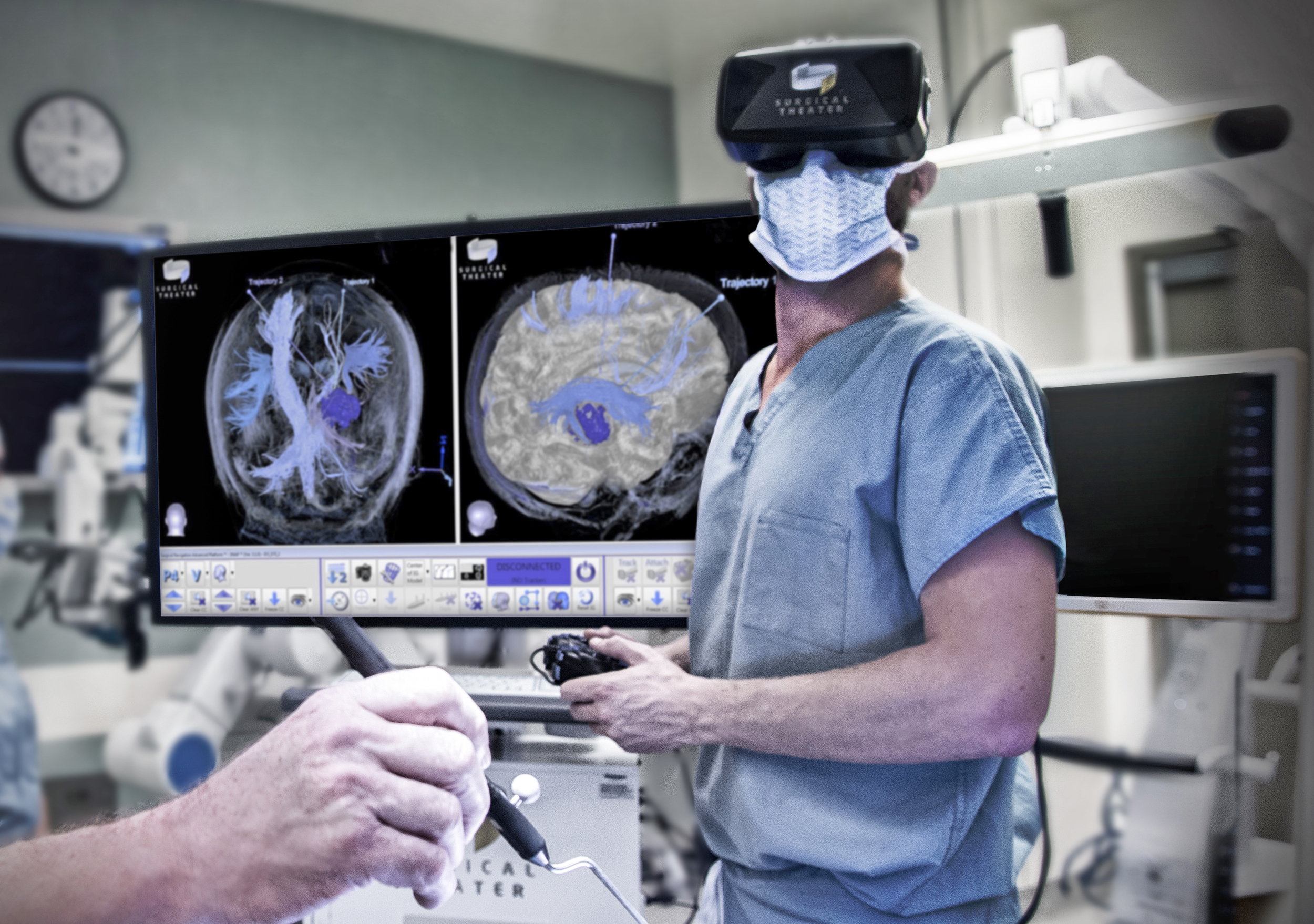Introduction
Virtual reality (VR) is best known for games that make you feel like you’re in the game and better social media experiences, but it also has the power to change healthcare. This includes fields like dentistry, where people who want to be dentists could work from home, say Markham Dental experts. Virtual reality is already being used to enhance surgical outcomes, patient satisfaction, and social skills in autistic persons. It’s also being pushed as an alternative to counseling and psychotherapy for people who have mental illnesses.
What Is the Role of Virtual Reality in Healthcare?
Virtual reality (VR) is rising because of new technology and government efforts. This isn’t just true for video games but also for medicine.
The market for virtual reality in health care is growing quickly. According to a Facts and Facts study report, sales will reach $40 billion by 2026, which is a lot. People who live in 2020 will pay $2.6 billion more than they did in 2020.
As a result, there are a lot of VR applications in health care. Numerous medical practitioners have found virtual reality useful in their daily job.
1. Virtual Reality in the Operating Theater
Professor Shafti Ahmed, who works at the Royal London Hospital, has already been called “The Virtual Surgeon” because of his educational work with Google Glass, Google Cardboard, and Snapchat Spectacles, which bring students from different parts of the world together in the operating room.
But in 2017, he did help break new ground when he asked cancer doctors from the United Kingdom and India to join him virtually as he prepared to operate on someone with colon cancer. Aetho, the firm that produced the Thrive VR system used in the consultation, had a representative at the Atlanta theatre.
Professor Ahmed was in the same theatre as Professor Shailesh Shrikhande of the Tata Memorial Hospital in Mumbai and Mr. Hitash Patel of BMI, the London Independent Hospital in London, who wore Microsoft HoloLens headsets, as well as other people. Professor Shrikhande, a cancer surgeon from India’s top cancer hospital, and Mr. Patel, a colorectal surgeon from London, were both on board. Still, this meeting was more than just a simple conference call.
It looked like the specialists’ bodies were represented by three-dimensional graphical avatars. These avatars could also communicate patient notes, pointing to, manipulating, and annotating different scans and models to help their verbal communication.
Such technology could be helpful in emergencies and when people don’t have the skills they need. See our previous post for more information on how AR and VR can be used in surgery.
2. Patient Experience with Virtual Reality
VR helps individuals explore new areas, but it may also help them escape unwanted situations. VR can help people who are afraid of going to the hospital by giving them help with health IT. AppliedVR, situated in Los Angeles, creates virtual environments to assist patients in forgetting about reality.
Virtual reality is effective in palliative care, pain management, and distraction therapy. AppliedVR works with third-party content creators to make immersive experiences that help people relax, reduce their fears, plan, learn, and have fun. Breathing awareness, attentive awareness, timed breathing, city and country retreats, relaxation experiences, distraction exercises, and labor coping skills are just a few examples of what you can do to be more aware and calm. There is even an MRI scan simulator to help people get ready for their MRI scan.
Blend Media, a VR and 360o content provider worked with Rescape Innovation to build the DR in the UK. Despite Europe’s slower adoption of VR than the US, the two businesses collaborated on the DR.
Virtual reality allows people getting different types of treatment to have real-life experiences. The first time the equipment was used was at Llandough Hospital, where it was used to help with distraction therapy during treatment for cystic fibrosis. Those who used the technology said they felt less pain and anxiety, and health care professionals think it will be good for us in the long run.
3. Autism Spectrum Disorder with Virtual Reality
Virtual reality can also help people with autism spectrum disorder (ASD). Because they can’t communicate and socialize well, people who have this illness are often unhappy and alone in society.
Using virtual reality technology, people with autism can learn how to respond to people in a conversation correctly and read facial and body language in a safe setting.
Other VR technologies can help people with ASD practice difficult real-life situations by giving them role-playing games. Virtual dates and job interviews are just some of the things they could do. They could also make a new virtual friend. Because the avatars are taught to reply consistently and utilize basic sentences, the activities are easier to run.
In one study, brain imaging equipment showed that autistic patients’ brain activity more closely matched that of neurotypical controls after they tried VR.
Floreo learning tools are one example of VR technology meant for people with autism. Non-autistic people can use virtual reality to understand better what life is like for their autistic friends and family. You can see this in Infinite’s ‘The Autism Simulator,’ or the National Autistic Society’s “Too Much Information.”
4. Psychotherapy and Virtual Reality
Virtual reality may also help individuals manage their mental health better, which is a significant step forward. There are many talks these days about mental health, and one in four people will have a mental health problem at some point in their lives. Because of the effect on jobs and health care, this is a problem for the person who has it and for everyone else.
People who have anxiety, depression, phobias, PTSD, or even paranoia might use virtual reality to recreate places and events that make them feel bad. They may also be used to make drug and alcohol addicts desire them so they can employ their recovery abilities. When VR recreates a healthy BMI, it may also help people who have problems with food.
Even though many of these applications are still in their early stages, evidence shows that virtual reality can positively affect many mental health issues right away and for a long time.
Also Read: 2022 Technology Trends in Healthcare Industry
Conclusion
Today, the question isn’t whether or not virtual reality will play a role in the future of health care, but how it will. The applications of this new technology are just beginning to scratch the surface of what it can do. They range from international health IT consulting to personal lifestyle management.

